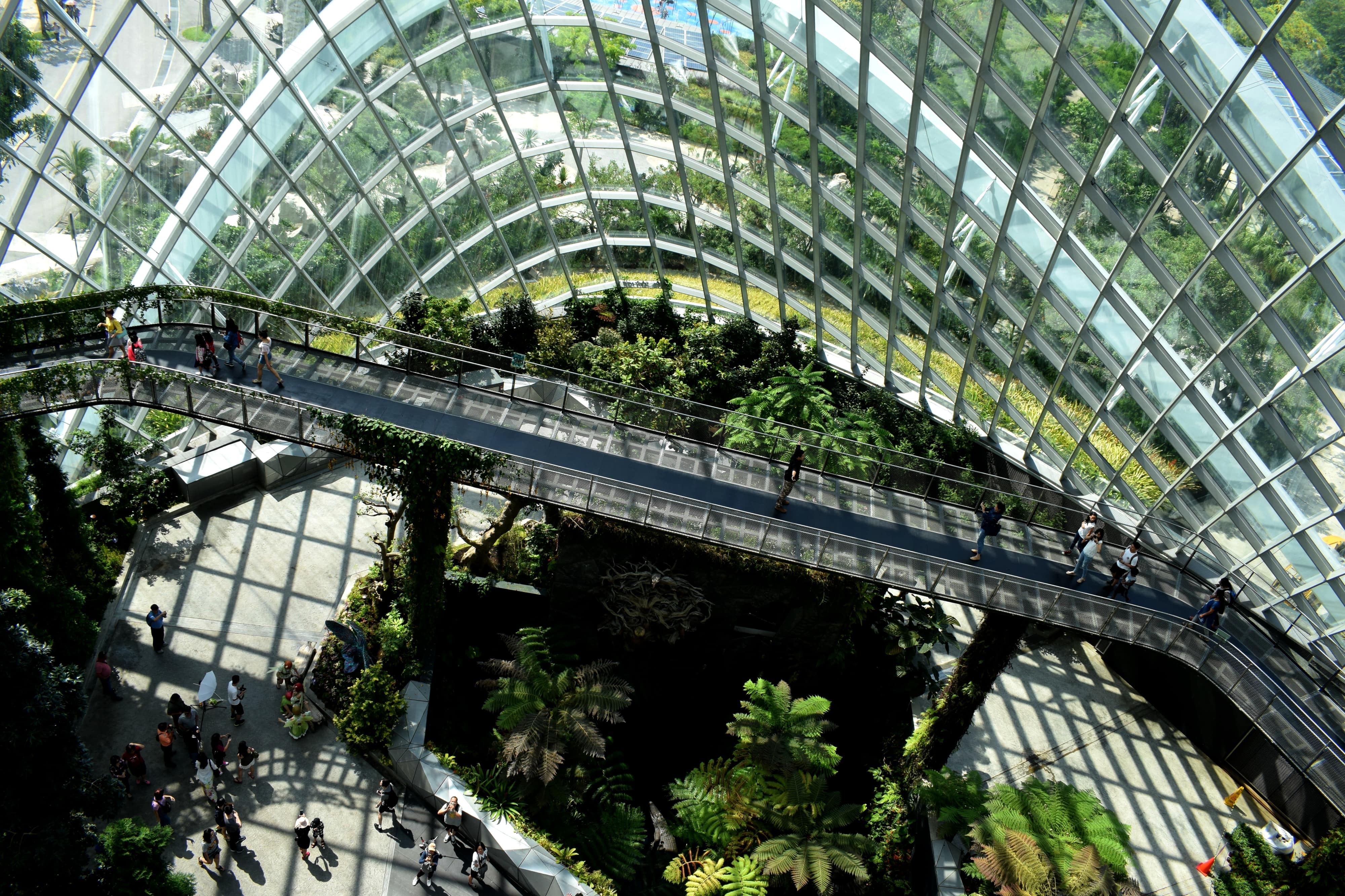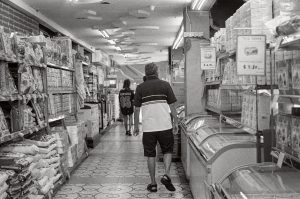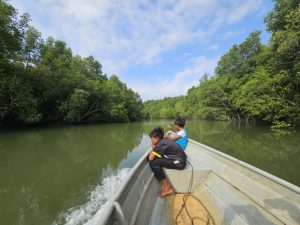Sustainability can be a tough sell.
While most Singaporeans appreciate the importance of protecting the environment and addressing climate change in the abstract, many do not see the daily impact this has on their own lives, or the way individual choices shape the way we live as a society.
In other words, it’s hard for us to care about the welfare of ‘future generations’ when many in these generations haven’t even been born yet.
As a millennial with no kids myself, going ‘green’ is more a lifestyle choice than a moral imperative. But perhaps, the ‘quality of life’ argument is a much better sell for the average Singaporean on the street, one that argues that what’s good for the environment is good for people as well.
In essence, this is the promise of green buildings in Singapore.
Green buildings are an important climate change mitigation strategy, also directly benefiting occupants with greater energy and cost savings. Beyond dollar savings, other benefits include better indoor air quality, lighting adequacy, as well as thermal and acoustic comfort.
To find out how the built environment can help to achieve Singapore’s sustainability ambitions, RICE met with 3 ‘green’ Singaporeans from various parts of the building and construction industry. Together, they shed light on the opportunities and challenges that Singapore faces over the next decade.
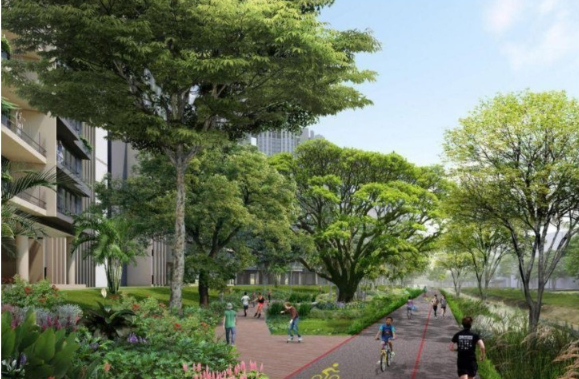
A Young Green Architect Champions Thoughtful Design
For Alina Yeo, a young green architect with 15 years of practice at local architectural firm WOHA, green architecture means creating highly liveable developments that integrate with and give back to nature and the environment.
Or as Alina puts it, “it’s use less, not useless.”
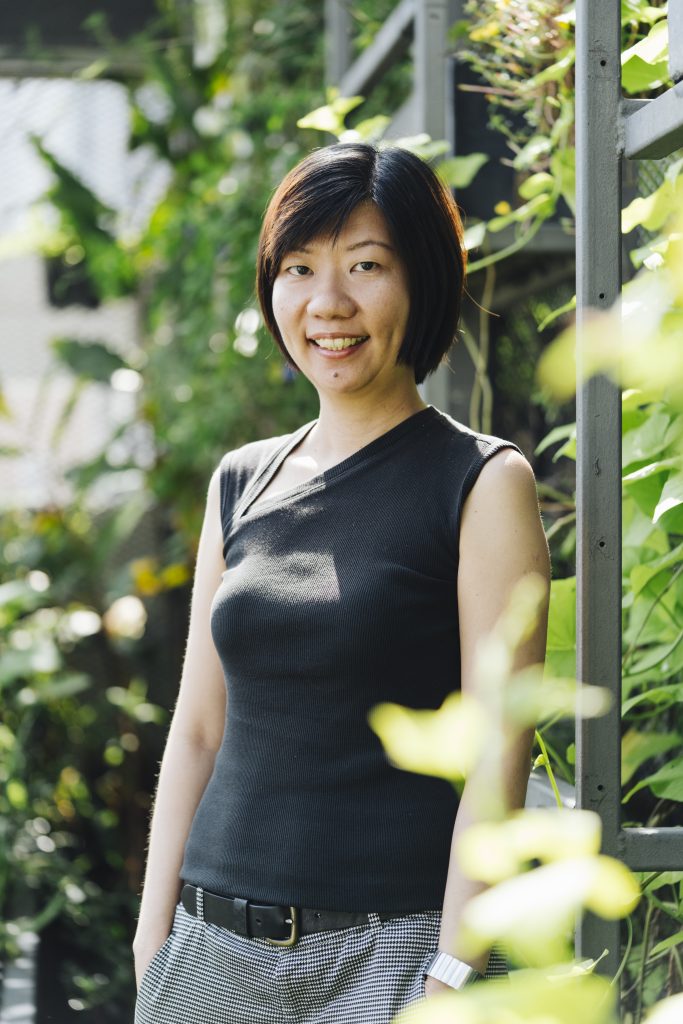
“In architectural school, I was exposed to various materials, tools, and the culture of making. I was particularly interested in upcycling seemingly useless discarded things and turning them into useful everyday objects. It taught me to rethink value—as use less, not useless,” explained Alina.
This notion of creating more value with less consumption has stayed with Alina, and has come to inform her thinking with regards to architecture and design.
“Green design used to simply be called good design, and that’s what architecture needs to be—good for people, good for nature, and good for the environment—especially in this unprecedented age of climate change.”
One formative experience that has helped to shape Alina’s career was WOHA’s project for BRAC University in Dhaka, Bangladesh, that she was involved with. WOHA’s starting point was to respond to the urban crisis in Dhaka that is ravaged by rapid urbanisation and overcrowding, which has resulted in a massive loss of its public spaces, green areas and water bodies.
“The challenge was to turn this vicious cycle of development into a virtuous cycle through regenerative design that not only mitigates harm, but does good, by restoring public, green and blue spaces back to the city,” said Alina.
When asked about the key considerations of Green Architecture and traditional architecture, Alina pointed out that:
“Green, or sustainable, architecture has many aspects, but density is an important one. Especially in land scarce cities like Singapore, it is all the more vital to reduce our ecological footprint by creating dense urban environments that are also highly vibrant, resilient and humane.”
“Take WOHA’s Kampung Admiralty development as a local example. Instead of configuring the various building uses (i.e. Commercial, Medical, Community, Residential) on separate plots of land as you would find in a typical public housing estate, WOHA created a three-dimensional matrix of shared networks and public spaces in the form of an integrated vertical urban village that brings people, nature and amenities together to achieve a good quality of living. Green architecture addresses density and liveability by seeking out innovative ways to multiply land vertically , which in turn, frees up the valuable ground level for public parks and civic spaces.”
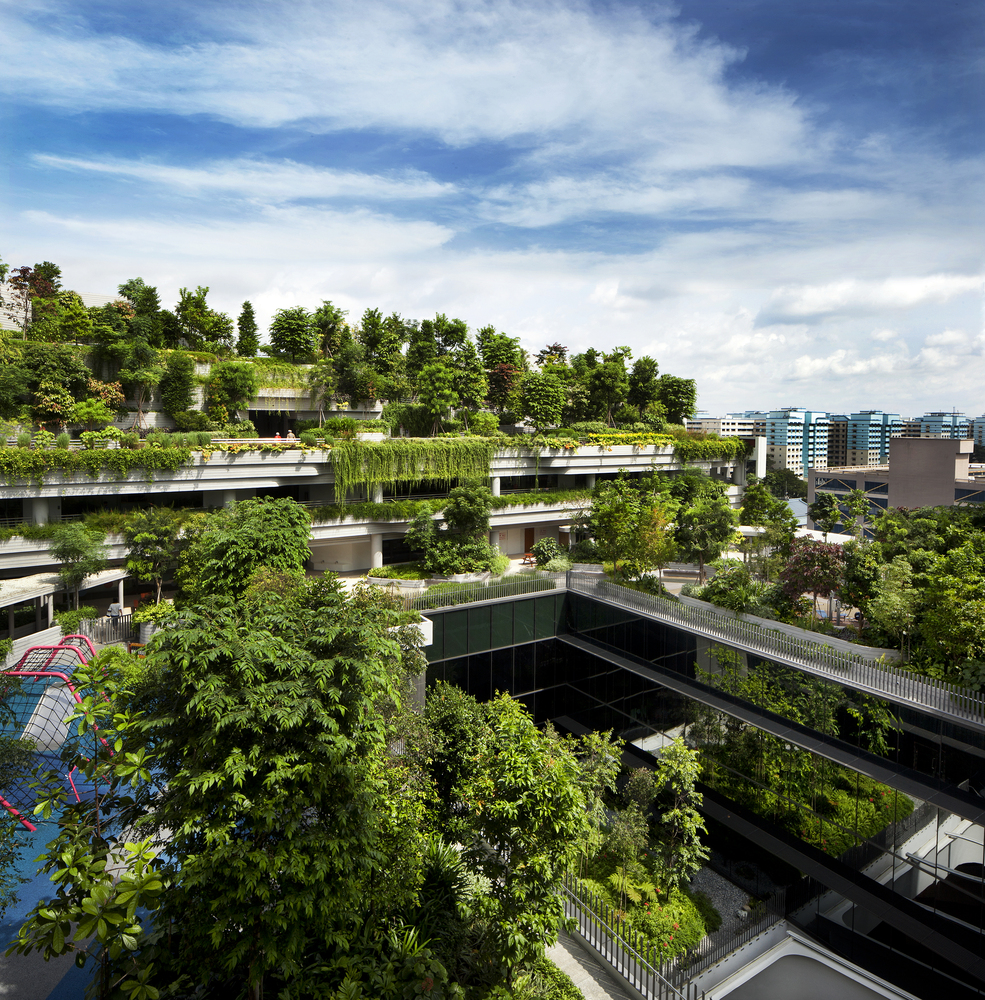
Significantly, these design principles would go a long way to addressing the necessary trade-offs between Singapore’s need for housing development and nature conservation.
A Green Entrepreneur Maps Out a Business Model for the Future
If climate change is to be a solvable problem in our generation, good and sustainable building design is just the first step. Raising awareness and creating demand for green buildings are also important elements of a healthy ecosystem.
With market-based problems, it often requires us to come up with market-based solutions.
If the current motivations and incentives are not enough to spur sufficient action, then we have to find new ways that better appeal to all players: from producers to the end consumer.
This was the gap that Nilesh Jadhav sought to address when he made an abrupt career switch from a major oil and gas company to becoming a green technopreneur.

In the early years, Nilesh’s most notable involvement was joining the Energy Research Institute @NTU, Singapore, where he led the research program on Green and Smart Buildings. Apart from developing technology roadmaps for the Building & Construction Authority (BCA) and National Climate Change Secretariat (NCCS), Nilesh’s goal as a Senior Scientist & Program Director was to make the NTU Campus green and adopt the latest sustainability technologies towards a smart ‘Ecocampus’ initiative.
Despite these impressive wins, Nilesh still saw gaps in the market.
“I discovered that while there were several green technologies available in Singapore, as well as enough funding and interest from building owners, what’s missing was a more coordinated approach, better communication, and data accessibility. These were often overlooked and created bottlenecks in Singapore’s quest to ‘go green’.”
To help address this gap, in 2017, Nilesh founded Qi Square with the vision of utilising digital technology to the fullest to improve the performance and efficiency of sustainability projects.
Essentially, Qi Square represents the business model of the future, one whose sustainable goals are not at odds with the company’s need for profitability. Rather, the company’s mission involves redirecting market forces to create both positive change and shareholder value via pervasive digitalisation and wider data accessibility.
“In simple terms, we want to use our digital technology to deliver energy, costs and productivity savings in the building industry, while being profitable and enhancing our company valuation in the long run.”
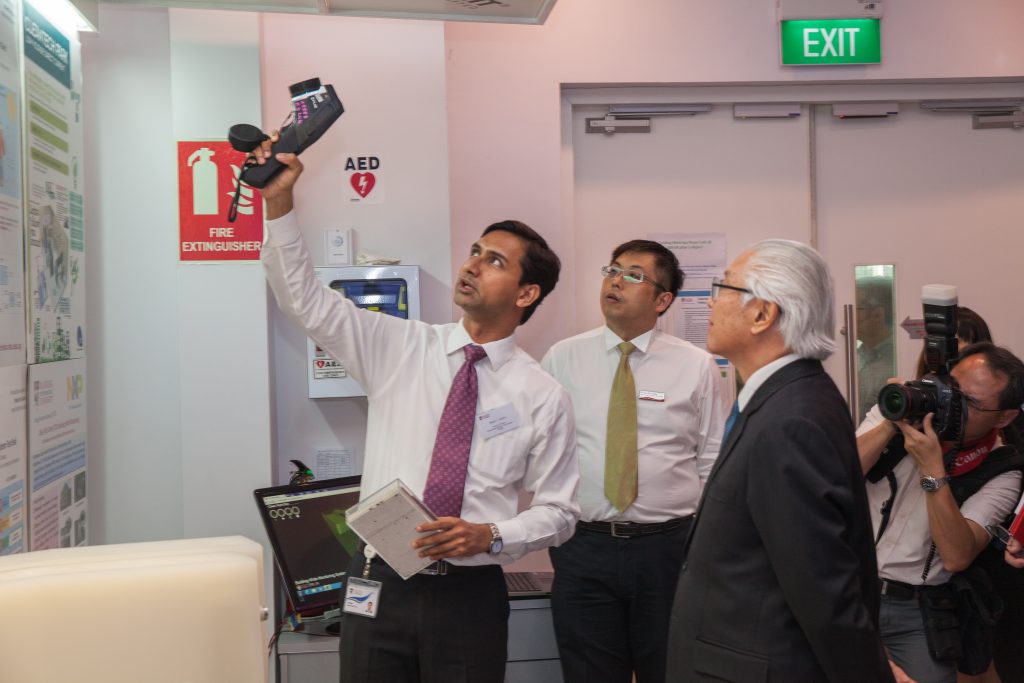
One example of this cost savings in green buildings is selecting more natural ventilation friendly spaces in buildings to reduce the load on central air-conditioning. Another is Singapore’s quest to achieve ‘super-low energy’ and ‘zero energy buildings’ through the integration of solar panels for on-site energy production.
To this end, Qi Square’s digital solutions are key enablers for Singapore’s transition towards a ‘Smart and Sustainable’ nation by accelerating the pace of green technology adoption. Digitalization is what helps building owners, architects, engineers and solution providers gain more visibility into the ‘bigger picture,’ thereby achieving an overall effect that is greater than the sum of its parts.
A Green Facilities Manager Explores the New Frontier
The third and final interview was with Lee Zhenyi, a green facilities manager from C&W. She and others in the Facilities Management (FM) profession are the ones who are closest to the ground, with the most hands-on experience in observing and anticipating the needs of Singaporeans.

“FM encompasses the Operation Phase, which spans the longest time of the building’s life cycle,” explained Zhenyi. “This is the period where there is continuous testing and optimisation of operations to run as the designers intended, and make adaptations to changes to the buildings over time. This is to better suit the needs of its occupants.”
C&W’s portfolio includes such green properties like Singapore Sports Hub, Science Park, Biopolis and Fusionopolis @ one-North and Downtown East at Pasir Ris.
But what makes green facilities management different from traditional practices?
“Green facilities management is a long marathon, where industry best practices are constantly evolving,” explained Zhenyi. “Instead of simply ensuring that a building operates without breaking down, green FM requires us to be laser-focused on how to operate efficiently and in a sustainable way. This requires both a people and environment-centric approach.”

Green FM also requires a complete mindset change on what the FM job entails. Facilities Managers are required to learn, unlearn and relearn, to keep up in this knowledge-based industry, where information is rapidly refreshed.
At the end of the day, the ethos of Green FM is to drive positive impact and improve the quality of life for a building’s occupants. To achieve this, Zhenyi reckons an open and agile mindset together with soft skills like empathy and communication play a greater role as the success of green initiatives depends on the active participation of building occupants.
In essence, the profession of a green facilities manager is an evolving frontier that continuously explores, experiments, learns, and adapts to new practices and technologies.
Or as Zhenyi puts it:
“The journey has just started, and we’re well on our way.”
Towards Greener Pastures
As we enter the new decade, Singapore’s building trends couldn’t be more clear: the next wave of public and private buildings will be defined by sustainable practices and green building designs, one that takes into account the needs of an aging population as well as the welfare of future generations.
To this end, the Building and Construction Authority (BCA) recently announced the refreshed Singapore Green Building Masterplan, with the targets dubbed ’80-80-80 in 2030’ to raise sustainability standards for green buildings. It encourages building professionals to adopt a greener mindset when they design, build and operate buildings as well as dare to strive for higher ambitions for green buildings.
Going ‘green’, in this context, also means developing an innovative set of tools and techniques to sustainably build and maintain Singapore’s next generation of homes, workplaces and recreational spaces.
So, this is what ‘going green’ is truly about.
Yes, it’s about climate change and the environment.
But it also means a more wholesome way of life for all Singaporeans, one that’s closer to nature, and places an emphasis on occupant health and well-being as Singaporeans start new families and move into their golden years.
If everyone can agree that this is a worthy goal, then maybe we should all be taking steps to assess our own environmental impact and, like these three green professionals, start contributing in our own ways.
This story was brought to you by the Building and Construction Authority.
Find out more about the Singapore Green Building Masterplan here.
For everything else, write to us at community@ricemedia.co.
